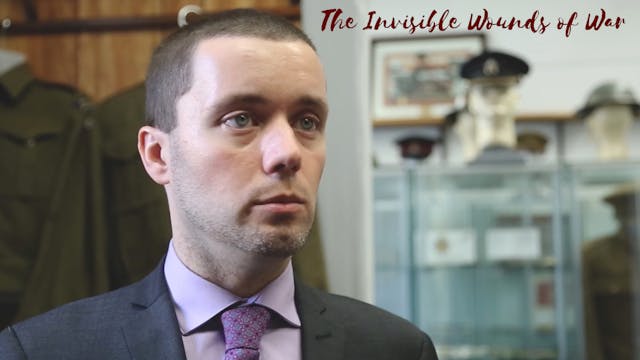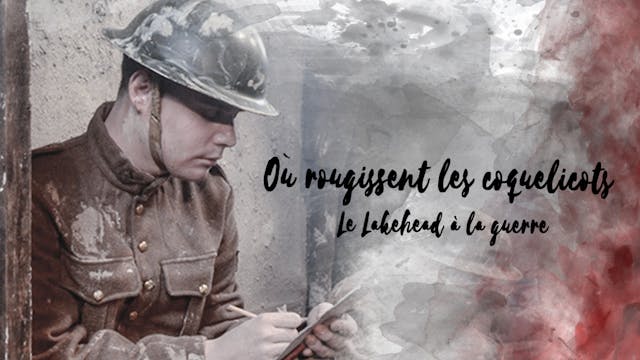Letters From Karelia
Free Viewing for Remembrance Day
•
1h 15m
Taimi Pitkanen last saw her brother Aate in a Leningrad railway station in 1931.
Taimi was returning to Canada from Moscow; Aate was headed for Soviet Karelia, on the border with Finland, where his skills in electricity and languages - both English and Finnish - were badly needed.
Aate never came back. Even when the dream went sour, Aate held on, writing home until, in 1941, Hitler attacked the USSR. After that, no one in Canada heard anything more of Aate Pitkanen.
Sixty years later, the discovery of his last letters - written but never mailed from a Finnish prisoner-of-war camp - reveals his fate and brings together Taimi and Alfred, the son Aate never met.
Visiting Taimi in Canada, Alfred Pitkanen learns the dramatic story of his father's Canadian family and of "Karelia Fever," the enthusiasm that gripped so many Finnish Canadians in the 1930s. Almost forgotten now, it lured thousands to a tragic fate in the Soviet Union.
Alfred follows his father's journey from Thunder Bay, Ontario, to Karelia, from young communist pioneer to ski champion of the USSR to Soviet spy.
With him we learn Aate's fate and the story of one of the great dreams of the twentieth century.
REVIEW:
“Maybe it’s because of my own Finnish background and because of the turbulent, polarized political situation today, but I found Letters from Karelia to the most dramatic documentary film I’ve ever seen”
Oren Tikkanen, New World Finn, Spring 2005.
Director: Kelly Saxberg
Executive Producer: Graydon McCrea
Producer: Joe MacDonald
Writer: Robert Lower
Camera: Richard Stringer
Editor: Kelly Saxberg
Music: Ari Lahdekorpi
Narrator: Liisa Repo-Martell
The NFB.ca streams only the Canadian broadcast shortened version on their site. Here is the full documentary.
Up Next in Free Viewing for Remembrance Day
-
Les tireurs d'élite
Lorsque la Première Guerre mondiale éclate en 1914, le 90th Winnipeg Rifles est l'un des premiers régiments à qui on demande de former un bataillon pour le Corps expéditionnaire canadien. Ils ont été surnommés les Petits diables noirs pendant la rébellion du Nord-Ouest de 1885 par la résistance m...
-
The Invisible Wounds of War
Canadian soldiers returning home have always been changed by war and peacekeeping, frequently in harmful but unseen ways.
-
Où rougissent les coquelicots: Le La...
Le portrait émouvant d'un soldat et de sa communauté durant la Grande Guerre et l'histoire de la réunion de 1921 à Port-Arthur, Ontario, lorsque le coquelicot a été désigné comme un symbole international ou de commémoration.



